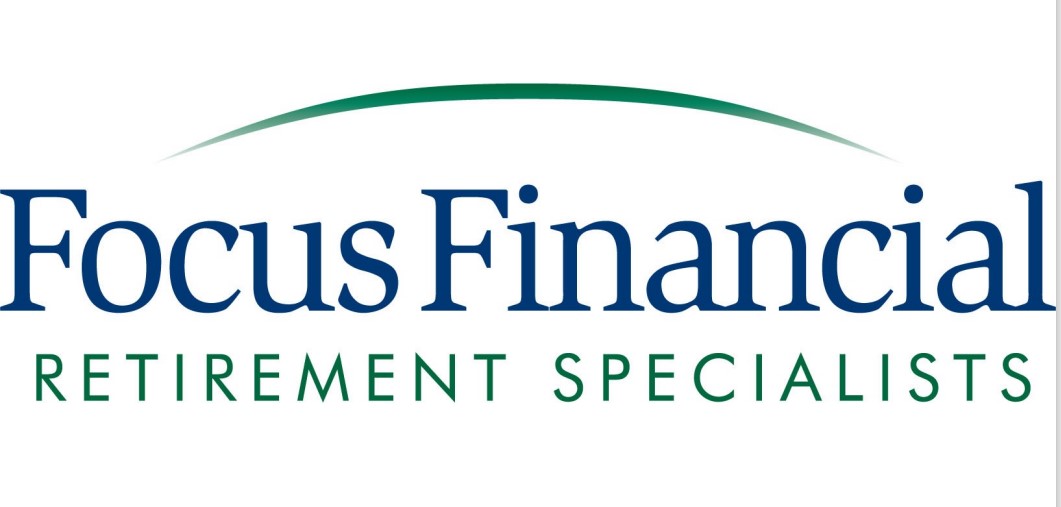Discussing the importance of owning life insurance can be a sensitive topic — after all, few people like to talk about death. However, if others depend on your support, or if you have substantial assets that you wish to transfer to future generations, life insurance can be an important financial tool. There are many types of insurance and features for you to consider if you are shopping for a plan.
Types of Life Insurance
Term insurance is perhaps the most common and least expensive form of life insurance — if you’re under age 50. These policies are written for a specific period of time — 1 year, 10 years, 30 years, etc. — and often have the option for renewal, during which time the premiums are likely to increase. If you wish to lock in the premium for periods of up to 30 years, select a level term policy.
Declining balance term insurance can be used to match the amortization of your mortgage principal, with benefits paid only if you die during the policy’s term. While the premium remains constant over the term, its face value decreases. Once you pay off your mortgage, this policy expires without value, unless you choose to renew it. You can choose a variation of this policy which is renewable up to age 70 and convertible to permanent insurance without undergoing a medical exam.
Whole life incorporates features of permanent protection with a savings account. You can lock in a premium rate, and part of the premium accrues a cash value as long as you continue to pay the premiums. As the savings amount increases, you can even borrow up to 90% of the policy’s cash value tax-free (though borrowing money reduces the policy’s death benefit and cash value).
Universal life is similar to whole life while including potentially higher earnings on the savings feature. You can also change the premium amount and withdraw cash, as well as possibly even change the face value of the policy. These also can offer a guaranteed return on cash value.
Variable Life policies generally feature fixed premiums and a flexible cash value policy. In fact, you can invest the cash value in your choice of stock, bond, or money market funding.1 However, keep in mind that the cash value and death benefit can fluctuate, too, based on the performance of your investment choice(s). There is typically a floor for death benefits but no guarantee on cash values. Additionally, fees for these policies tend to be higher than for universal life. Finally, should you accrue investment earnings, they are tax-deferred as long as the funds remain in the insurance contract.
Universal variable life is considered an “aggressive” policy. While similar to variable life in that you can choose from a variety of investment options, there is no guarantee beyond the original face value death benefit. As such, they are more common with wealthy buyers who can withstand the risks.
Survivorship life insurance
This is a unique type of life insurance that insures two people, paying a death benefit only upon the death of the second insured, thus avoiding two separate policies. It is typically used for estate planning, with a death benefit that can fund estate taxes while passing along wealth to future generations or a charity. This policy may be favored if one of the insured is finding it difficult to have a more traditional life insurance policy underwritten, possibly for medical reasons.
First-to-die life insurance
This type of policy insures the life of two people and pays a benefit upon the death of the first insured. This is useful for covering a mortgage or other large debt where there are multiple debtors. It is often used when funding buy-sell agreements within a closely held business.
How Much to Purchase
There is no correct amount of life insurance to purchase. Some use a formula based on income replacement, selecting 5 to 10 times your annual salary to calculate a coverage amount. Others use an amount based on personal needs and preferences.
To determine your unique income replacement need, consider that a sizable amount of your income currently goes to support your lifestyle and pay taxes. Determine your net earnings after taxes, then add your personal expenses, including housing, healthcare, food, etc. This total represents the amount that your insurance will need to replace. Many select a death benefit amount that, when invested, will provide annual income to cover that total. Add to that the amounts needed to fund one-time expenses, such as college tuition or paying off a mortgage.
When calculating income replacement for a nonworking spouse, coverage should provide for day care costs, housekeeping, and other types of care. Add those amounts to any net earnings from part-time employment.
Finally, estimate estate taxes, uninsured medical costs, and funeral costs when calculating your total income replacement needs.
Conclusion
Life insurance is an important part of a financial plan. Assessing the various options and asking the right questions can help you select a policy that provides the best coverage for you and your family.
1Investing in stocks involves risks, including loss of principal. Bonds are subject to market and interest rate risk if sold prior to maturity. Bond values will decline as interest rates rise and are subject to availability and change in price. Investing in a money market fund is not insured or guaranteed by the Federal Deposit Insurance Corporation or any other government agency. Although the fund seeks to preserve the value of your investment at $1.00 per share, it is possible to lose money by investing in the fund. Guarantees are based on the claims paying ability of the issuing company.
